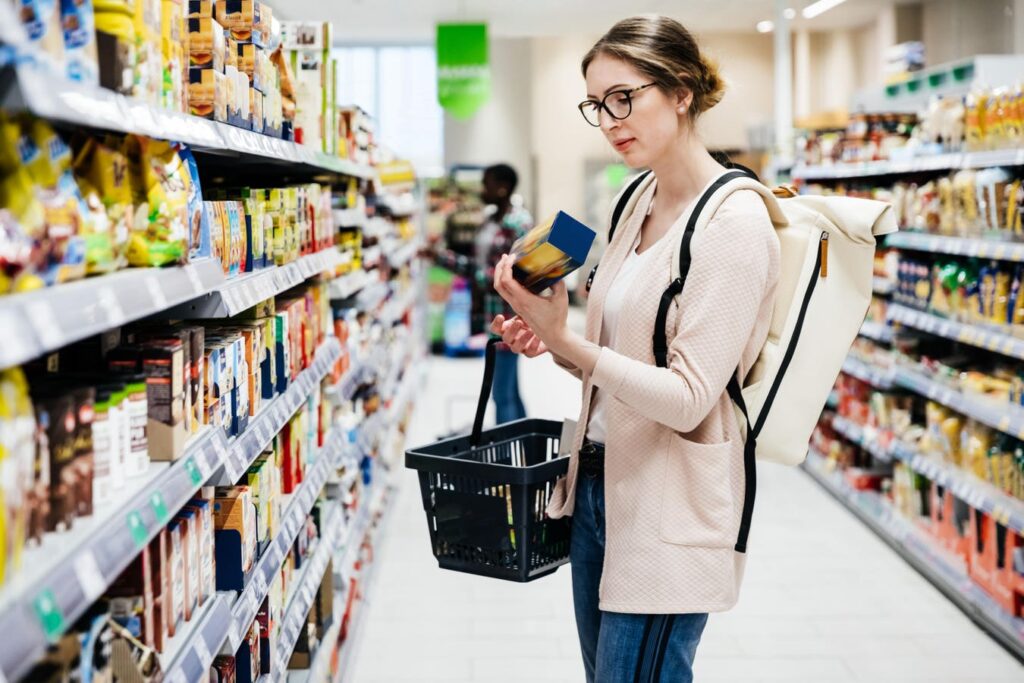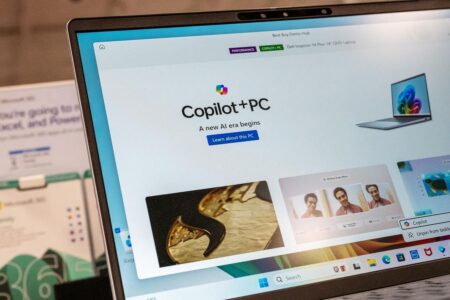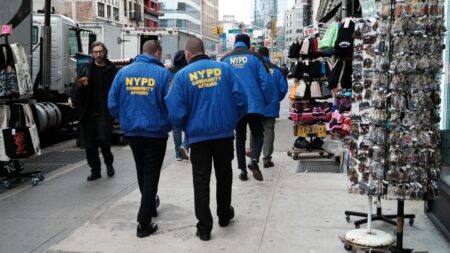Elie Katz, CEO, National Retail Solutions. POS, NRS Digital Media, NRS Pay, NRS Funding, NRS Purple & NRS Petro: Helping retailers succeed.
Have you ever walked into a store and felt like everything was calling your name? From how products seem perfectly placed to the path you take without even realizing it—it’s not magic; it’s strategy. Well-designed stores use subtle psychological tricks to guide you, while poorly planned ones can leave you frustrated and wandering.
It’s no accident when you stop to admire a high-margin item or toss an impulse buy into your cart. A 2022 global survey revealed that despite the rise of e-commerce, consumers still value the unique experience that only brick-and-mortar stores can deliver. For retailers, this makes mastering store layout more important than ever.
So, how do the best stores do it? Based on research and my own experiences working with numerous retailers, here are the areas I most recommend paying attention to.
Creating A Strong First Impression: The Decompression Zone
The first steps into a store set the tone for the entire visit. Known as the decompression zone, this is where shoppers adjust to their new surroundings. A cluttered or chaotic entrance can overwhelm and distract, while a well-designed entry invites customers to engage with the space.
The decompression zone should feel open and uncluttered. It’s not the place to push promotions or bombard customers with signage. Instead, subtle cues like soft lighting or carefully placed displays encourage a relaxed and welcoming atmosphere. Think of this area as the appetizer, hinting at the main course that lies ahead.
Shoppers in this zone are still transitioning from the outside world. Placing key products or advertisements too early risks them being overlooked. Instead, position attention-grabbing items just beyond this area, where customers are likelier to notice them. The goal is simple: Ease them in and set the stage for a successful shopping experience.
Guiding The Customer Journey: Pathways And Flow
The customer’s path through a store isn’t random, so it should be carefully designed to maximize product exposure. The “racetrack layout,” a common tactic, uses a looping pathway to encourage exploration and increase dwell time, which, in my experience, can lead to higher sales.
Subtle cues like signage and lighting can also nudge shoppers toward key areas. Interestingly, research has found that 90% of Americans instinctively turn right upon entering a store, making it prime real estate for high-margin items. Of course, you should also avoid bottlenecks, as cluttered pathways can quickly lead to frustrated customers.
While a strategic layout is important, the human touch remains vital. Around 50% of global consumers value knowledgeable sales associates, highlighting the importance of strategically positioning well-trained staff to enhance the shopping experience and drive sales.
Engaging The Senses: Lighting, Music And Scent
A store isn’t just about what customers see but also about their feelings. Lighting, music and even scent can play a huge role in shaping emotions and influencing buying behavior. The right sensory mix can make customers linger, explore and spend more.
• Lighting: Lighting sets the mood. In my experience, bright, even lighting typically works well for fast-moving stores, while dimmer, focused lighting can give luxury items an air of exclusivity. Use it to highlight key products and create a visual hierarchy that subtly guides attention.
• Music: Music is the unseen rhythm of the shopping experience. Faster beats encourage quick decisions, perfect for convenience stores or high-turnover environments. Slower tempos can help relax shoppers, making them more likely to browse and spend in leisure-focused spaces. Studies back it up: the tempo of tunes directly impacts shopping speed.
• Smell: And then there’s scent. The smell of fresh coffee in a café or of cinnamon in a bakery shouldn’t just happen—it should be intentional. Pleasant scents can help create emotional connections, encourage longer visits and sometimes even increase sales. The trick is matching the scent to your brand’s identity without overwhelming the space.
Strategic Product Placement: Eye-Level And Impulse Buys
Where products are placed can make or break a sale. Eye level isn’t just convenient—it’s profitable. In my experience, shoppers are far more likely to notice and choose items within their natural line of sight. High-demand or premium products deserve these spots, while less-profitable items can take the lower shelves.
Impulse zones, like checkout counters or aisle ends, are goldmines for unplanned purchases. It’s not accidental that candy bars and small gadgets are right where customers wait. These high-traffic areas capitalize on decision-making moments when wallets are already out.
Grouping related items together can also increase sales. Placing chips near soda or phone chargers next to headphones encourages multi-item purchases without requiring much thought. You can use this type of cross-merchandising to create subtle nudges that seem like helpful suggestions rather than sales tactics.
Rotating displays regularly can help you keep the layout feeling fresh. I’ve found that even regular customers are more likely to explore when something new catches their eye. Combine thoughtful product placement with strategic presentation to turn ordinary shelves into effective sales tools.
Using Data To Optimize Layouts: Heatmaps And Analytics
Store layouts aren’t just art—they’re science. Data tools like heatmaps and POS analytics can reveal how customers interact with a space, showing exactly where foot traffic flows and stalls. These insights can help retailers pinpoint what’s working and what isn’t.
Heatmaps, generated by sensors or cameras, highlight high-traffic zones. If customers linger near one area but skip another, use this as a signal to rearrange displays or adjust inventory placement. Similarly, POS systems can track sales patterns to identify which products deserve prime locations and which might need repositioning to gain traction.
Data can also be used to uncover hidden problems. Dead zones—areas customers consistently avoid—might stem from poor lighting, cramped aisles or unappealing displays. You can refine layouts and improve the customer experience by testing small changes without overhauling the entire store.
The takeaway? Combining behavioral psychology with data-driven decisions can help ensure that every square foot of your store works harder to support the bottom line.
Designing For Profit And Experience
A well-planned layout is more than basic organization; it’s a tool for driving sales and building customer satisfaction. From strategic pathways to sensory design and data-backed adjustments, every choice contributes to the overall experience. By investing in thoughtful layouts, you can create spaces that don’t just sell products—they keep customers coming back.
Forbes Business Council is the foremost growth and networking organization for business owners and leaders. Do I qualify?
Read the full article here











